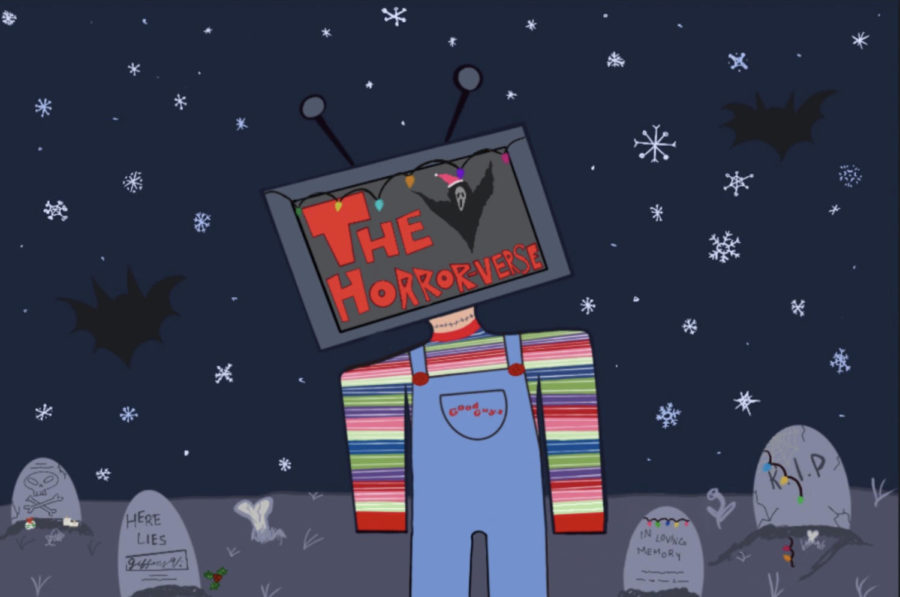The Horror-Verse: “Black Christmas” puts me in a joyful spirit
In honor of the holiday season approaching, I decided to branch out from my usual horror movie choices and watch one themed to the season. From disturbing phone calls plaguing the jolly Christmas spirit to an obsessively dominant boyfriend, Bob Clark’s 1974 “Black Christmas” is full of spine-chilling twists and turns to add a horrifying presence to the holidays.
The movie’s storyline involves a group of sorority sisters preparing to go home for the holidays when their joyful moods are interrupted by a string of odd and perverse phone calls. These calls consist of violent and confusing messages that proceed to get more deranged as each girl encounters trouble.
I first heard of “Black Christmas” two years ago when my aunt, sister and I were doing intense research in order to find a good horror movie to watch. However, we could only sit through five minutes before cutting it off due to a lack of interest. Upon properly watching the movie recently, I was shocked I had not seen the entirety of it sooner.
The first phone call received was nothing to take notice of — it was easily written off as some odd stranger calling as a prank to cause a disturbance. However, watching the first sorority sister, Claire Harrison (Lynne Griffin), be attacked by this faceless individual with such force and swiftness caused my eyes to widen. As depicted through the poster’s cover, Claire was suffocated with a plastic bag and grotesquely displayed in front of an attic window. Watching the unsettling aftermath of her murder made me feel as if something was stuck in my throat.
Furthermore, during these violent attacks, the camera would often switch to the killer’s view, making the scene even more personal and unnerving. I have seen my fair share of films where the camera switches perspectives, and I usually dislike it. But, viewing these horrific scenes through the killer’s eyes made me feel like I could sense all his feelings, making me wonder what led to his constant frustration and frequent change of personas and voices. I can almost, with absolute certainty, say I have never felt so invested in a movie.
With the way “Black Christmas” proceeded between the phrases in the calls and confusing mixed-messages from different characters, I could not come up with a definitive answer as to who the killer would be. That aspect is what I loved most about the movie; its unpredictability that constantly left me second-guessing my own judgment. By the end of the film, any closure you, as the viewer, think you are reaching is quickly ripped away — leaving you sitting there with an open jaw, rethinking the last 98 minutes of your life and questioning all you thought you knew about the movie.
“Black Christmas” is perfect in every way, through subverting horror movie expectations, leaving viewers on the edge of their seats and laying down the foundation for future slasher movies.

Senior Shehzil Imran is the feature editor and this is her third year on staff. In her free time, she enjoys watching horror movies, writing and doing...



